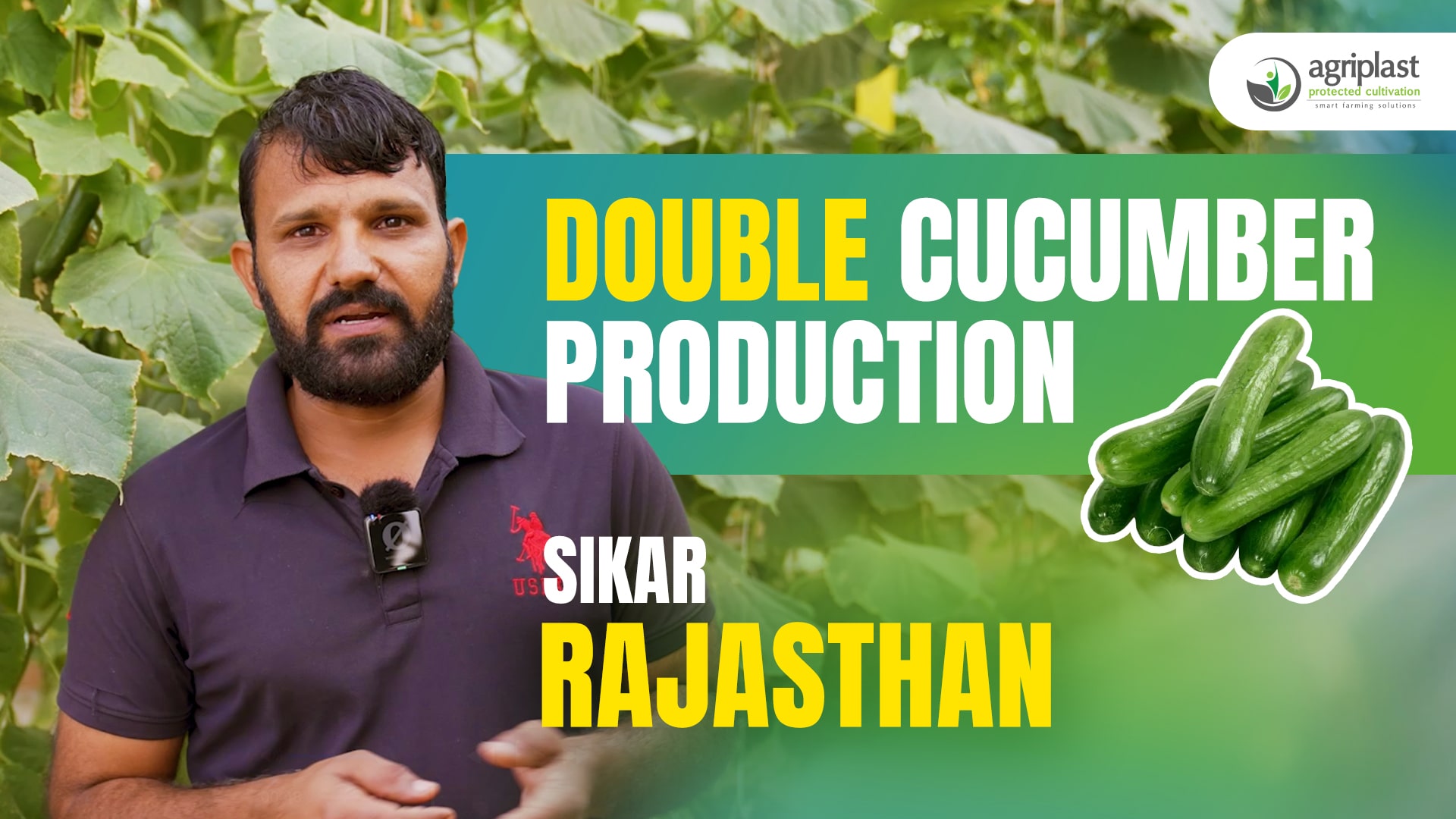Vertical Farming with Agriplast Protected Cultivation's Protected Cultivation Solutions
Benefits of Using Net Houses in Tropical Climates
Net houses represent an innovative solution for farmers operating in tropical climates, where the challenges of excessive heat, humidity, and pests can severely impact agricultural productivity. As we delve into the mechanics and advantages of net houses, it's crucial to understand how these structures provide critical protection for crops while optimizing the microenvironment for enhanced plant growth. Our experience in constructing and implementing net houses has shown us the immense benefits they bring to tropical agriculture.

A net house essentially acts as a barrier against the harsh elements that characterize tropical regions. By employing specialized netting materials, these houses allow for the moderation of sunlight, reduction of heat, and lowering of humidity levels inside the structure. This control over environmental conditions is fundamental in reducing stress on plants, thereby improving overall health and increasing yield. Additionally, the netting provides protection from insects and other pests, which is particularly valuable in these regions where pest infestations can devastate crops.
Understanding this, we are committed to guiding you through the process of choosing the right net house design for your specific needs, considering factors such as location, crop type, and local environmental conditions. Our aim is to equip you with the knowledge and tools necessary to transform your tropical farming experience through the effective use of net houses, ensuring your agricultural pursuits are as fruitful and efficient as possible.
What Are Net Houses and How Do They Work?
Net houses are an essential part of modern agriculture, particularly useful in regions faced with harsh environmental challenges such as tropical climates. Essentially, a net house is a structure made mostly with netting instead of solid materials like glass or plastic, which are commonly used in traditional greenhouses. The nets used are specifically designed to manage sunlight exposure, air circulation, and moisture control, creating an optimal growing environment that mitigates the potential stress on plants typical of tropical heat and humidity.
The structure itself stands on a frame, which could be made from wood, metal, or any sturdy material capable of supporting the net. This frame is then draped with specially designed agricultural netting. This netting is engineered to allow enough sunlight for photosynthesis while providing shade to cool the crops and protect them from direct sun damage. Additionally, the mesh design keeps out pests and insects while allowing the free flow of air, which helps in reducing the likelihood of fungal diseases in plants caused by stagnant, moist conditions.
The Top Five Benefits of Net Houses in Tropical Climates
Net houses present a series of advantages, particularly beneficial in the tropical climates:
1. Temperature Control: By providing shading, net houses can keep the inside temperature lower than the external environment. This is vital in tropical areas where excessive heat can inhibit plant growth and lead to poor crop yields.
2. Pest Protection: The netting serves as a physical barrier to pests and insects, crucial in areas where these problems are rampant. This reduces the reliance on chemical pesticides, promoting a more organic approach to farming.
3. Moisture Regulation: In tropical climates, the air can be extremely humid. Net houses help maintain optimal humidity levels, which is essential for preventing plant diseases and fostering suitable growing conditions.
4. Improved Plant Growth and Yield: With controlled exposure to natural elements, plants grown in net houses often demonstrate healthier growth and higher productivity due to reduced stress and improved growing conditions.
5. Cost-Effectiveness: Compared to traditional greenhouses, net houses are generally less expensive to construct and maintain, making them an accessible option for many farmers in tropical regions.
These benefits clearly indicate why net houses are becoming increasingly popular among farmers in tropical climates, looking to safeguard their crops and enhance productivity in a sustainable, efficient way.
Choosing the Right Net House Design for Your Tropical Farm
Selecting the appropriate design for a net house on your tropical farm hinges on various critical factors that ensure optimal functionality and durability. Firstly, consider the type of crops you plan to cultivate. Different plants have unique light, air, and moisture requirements that should guide the specification of the netting material and design. For instance, leafy greens might need denser shade compared to sun-loving tomato plants, which could do with a more open net structure, allowing more sunlight penetration.
Another vital consideration is the structural design, which should align with the weather patterns of your region. In tropical zones where winds can be strong, a sturdy frame with securely anchored netting is essential to withstand gusts without collapsing or damaging the crops. Additionally, the orientation of the net house should maximize natural light exposure yet minimize the direct heat impact during the hottest parts of the day, hence, an East-West orientation is generally preferred for most tropical settings.
Best Practices for Maximizing Efficiency in Tropical Net Houses
To maximize the efficiency of net houses in tropical climates, consistent maintenance and strategic operational practices are essential. Regular inspection of the netting for any tears or damages is crucial. Even small breaches can significantly compromise the pest barrier and expose your crops to infestations. Ensuring the net house is always in prime condition also means checking that the frames and anchors remain secure and robust, especially after severe weather events.
In terms of operational efficiency, managing the internal climate is key. Utilizing tools like shade cloths during the sunniest parts of the day can help manage the temperature more effectively. Moreover, integrating automated systems for watering or opening side vents can conserve resources and maintain optimal growing conditions without constant manual intervention. These systems help streamline tasks, reduce labor costs, and boost overall productivity by ensuring that the plants receive exactly what they need when they need it.
Conclusion
Employing net houses in tropical agriculture offers a sustainable and efficient way to enhance crop production and protection. By understanding how they work, acknowledging their benefits, choosing the right design, and adhering to best practices, you can significantly optimize your farming operations.
At Agriplast Protected Cultivation, we are dedicated to helping you succeed in this endeavor. Whether you're just starting out or looking to improve your current setup, we have the expertise and solutions tailored to meet your specific needs. Connect with us today to learn more about how our net houses can transform your tropical farming experience into a thriving, productive venture.






















